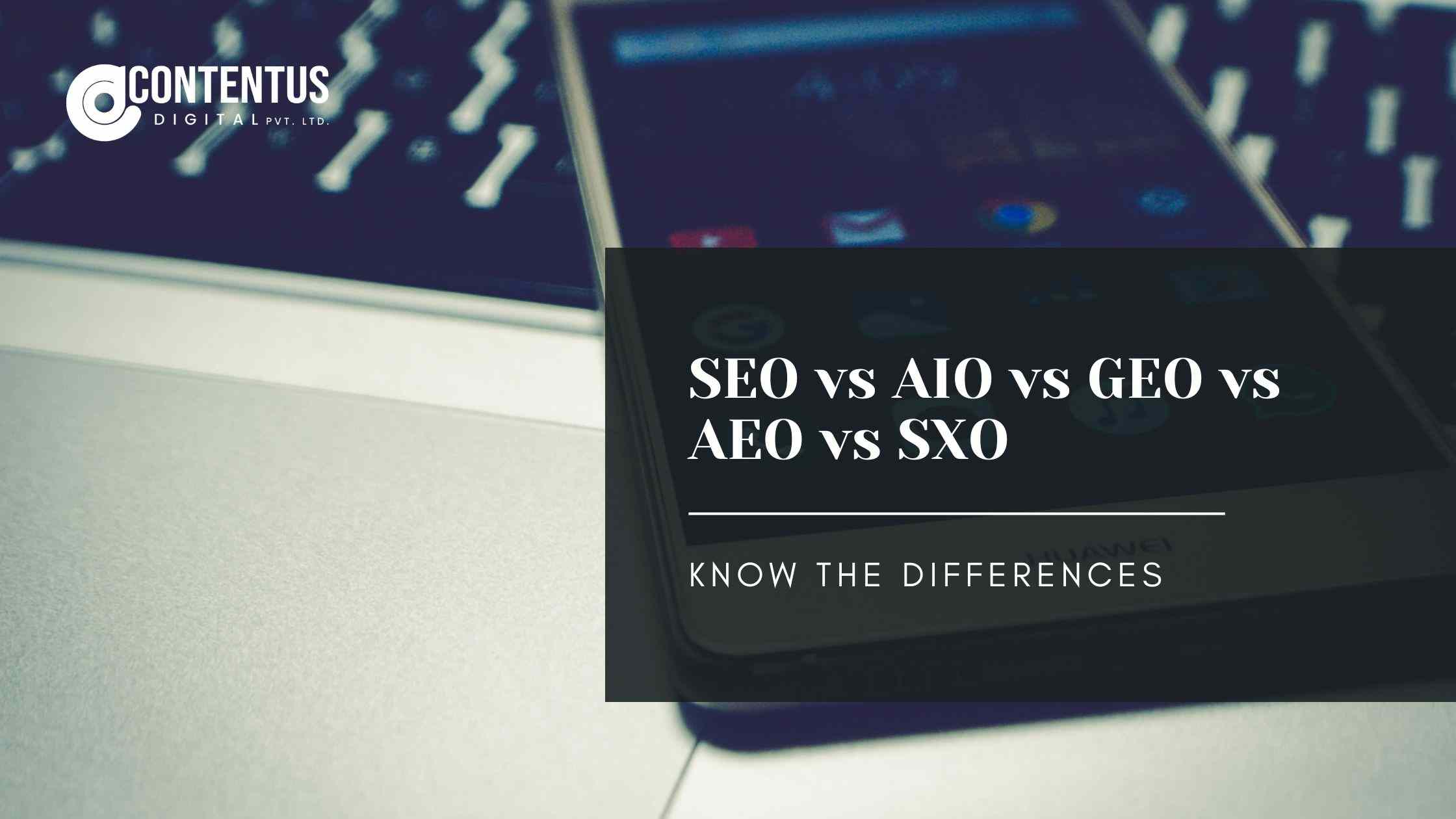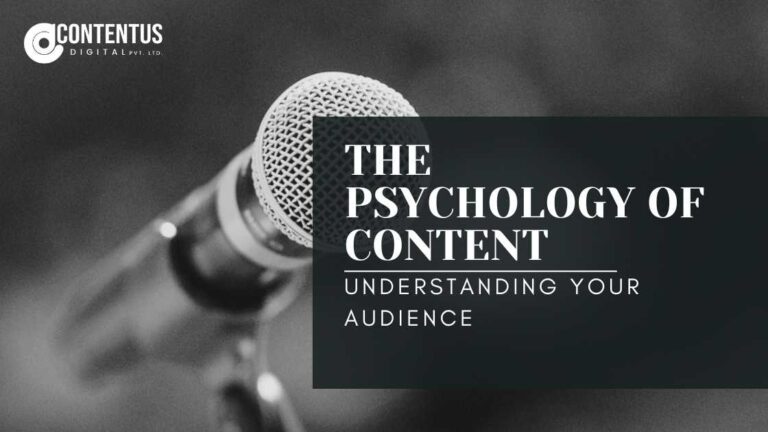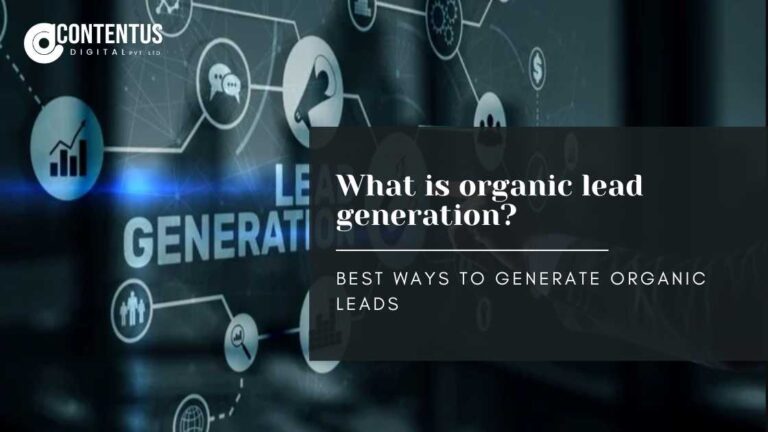SEO vs AIO vs GEO vs AEO vs SXO
Are you taking the new optimization strategies casually? Still thinking SEO is the only game changer? You’re wrong. Now, SEO (Search Engine Optimization) is not the only optimization strategy for digital marketing. With the advent of AI, the industry is embracing other optimization strategies. These include AIO, GEO, AEO, and SXO. In this dynamic digital marketing ecosystem, it’s mandatory to stay updated with these latest optimization strategies. So, you should evaluate them in-depth to know their actual differences.
So, this article will guide you to depict a clear concept of SEO vs AIO vs GEO vs AEO vs SXO.
Understanding SEO vs AIO vs GEO vs AEO vs SXO
This section includes a detailed comparison between SEO, AIO, GEO, AEO, and SXO.
SEO: Search Engine Optimization
SEO is the traditional approach to optimize a website to achieve higher ranking in the organic/ unpaid results in the search engines. The fundamental goal of SEO is to drive visibility and high quality unpaid traffic. Traditional SEO heavily depends on keyword density, relevance, and high-quality backlinks. A SEO-rich website signals to the search engine crawler that their pages are best to provide the most authoritative answer for the user query.
Key points to remember
|
AIO: Artificial Intelligence Optimization/ AI Overview
AIO refers to optimizing your content in such a way so that the artificial intelligence models (like LLMs, AI-powered algorithms, and generative search engines) can easily understand, interpret, and cite it.
As AI allows you to automate mundane tasks, deliver personalized content at scale, and make faster decisions, AIO is here to implement these strategies to your search activities. Thus it’s transforming the way you understand and apply keyword research. Traditional tools are limited to understanding context, but AI can process billions of data points. These data points can recognize underlying patterns offering predictive insights that reveal what your audience wants next.
Thus AIO presents the relevant data without wasting too much effort in research and time. Also, the AIO tools can generate human-like copy aligned with your target audience’s interest and your brand voice.
Key points to remember
|
GEO: Generative Engine Optimization
GEO focuses on how your content appears in AI-generated search results. As AI chatbots and search engines like Gemini, ChatGPT, and Perplexity become mainstream, you’re no longer just competing for appearing on page one. Now you should compete for citing by these AI engines. Thus, it’s necessary to implement changes in your content structure.
Remember that AI engines extract data based upon clarity, consistency, formatting, and credibility.
Key points to remember
|
AEO: Answer Engine Optimization
The concept of AEO is designed to make your content the direct answer for the users’ questions. With the help of AEO, the search is transitioning from just a blog post to a Q & A session. So, AEO starts with understanding and answering your audience’s questions to-the-point. Where to find those questions? Use tools like Google’s People Also Ask and AnswerThePublic.
Key points to remember
|
SXO: Search Experience Optimization
SXO focuses on user intent. So, it makes search results engaging, useful, and action-oriented. It prioritizes the after-click scenario that means what happens after the click. It helps the visitors to stay, engage, and convert.
This SXO starts with understanding your user behavior and interest. From this aspect, you can re-shape and re-design your content, and create a CTA based on their journeys.
Key points to remember
Goal: To deliver an exceptional on-site experience that drives engagement and conversions. Intent Matching: Analyze user intent to ensure the landing page directly solves the problem the user searched for. Speed: Page should load in under 2 seconds. So, keep your LCP (largest contentful paint) within 1s-2s. Also, utilizing compressed media, efficient code, and mobile-first design as experience is a core ranking factor. Engagement: Incorporate engaging formats like videos, interactive charts, and tools to improve time on site. Design: Use a clear structure and intuitive navigation to help users find what they need instantly. Continuous Improvement: Use feedback loops (Hotjar, surveys) to track user behavior, test, and refine the site’s journey. |
Comparison Table: SEO vs AIO vs GEO vs AEO vs SXO
Here are the comparisons between SEO, AIO, GEO, AEO, and SXO:
Factor | SEO (Search Engine Optimization) | AIO (AI Optimization) | GEO (Generative Engine Optimization) | AEO (Answer Engine Optimization) | SXO (Search Experience Optimization) |
Definition | Optimizing websites for high ranking in traditional search engine results pages (SERPs). | Optimizing content for readability and interpretation by AI models and tools (LLMs). | Optimizing content to be selected and cited as a source by generative search engines. | Optimizing content to provide direct, concise answers for featured snippets and voice search. | Optimizing the user’s on-site experience after they click a search result. |
Primary Goal | Achieve high organic SERP rankings to drive website traffic. | Ensure content is easily discoverable and understood by AI models/tools. | To be cited and included in AI-generated summaries and overviews. | Win the “zero-click” search: featured snippets & voice assistant answers. | Maximize user satisfaction and conversion after the click. |
Target Channel | Traditional search results (Google, Bing list of links). | AI models like ChatGPT, Gemini, Perplexity, and internal AI systems. | Generative search results (Google SGE, Bing Copilot, AI Overviews). | Voice assistants (Siri, Alexa), Featured Snippets, People Also Ask. | The website/landing page itself (post-click experience). |
Key Metrics | Organic Traffic, SERP Rank, Impressions, Click-Through Rate (CTR). | AI Citation Frequency, Brand Mention Share of Voice in AI responses, Content Readability Score for AI. | Citation volume in AI Overviews, Topical Authority Score, AI-driven impression share. | Featured Snippet rate, Direct Answer appearances, Voice Search volume, NLP visibility. | Time on Page, Bounce Rate, Core Web Vitals (Speed, Stability), Conversion Rate. |
Content Strategy | Keyword-rich, authoritative long-form content, Pillar pages. | Factual, structured data, entity-based content, clean formatting for machine parsing. | Deep, comprehensive content clusters, high topical authority, citing verifiable sources. | Short, concise Q&A format, conversational language, definitional content. | User-focused, intent-matching content, clear CTAs, interactive elements. |
Core Optimization Techniques | Keyword Research, Link Building, Technical SEO (Crawlability), On-Page SEO. | Schema Markup (advanced types), Natural Language Processing (NLP) techniques, Fact-checking/Veracity. | Semantic SEO, Internal Linking Structure, Building EEAT (Experience, Expertise, Authority, Trustworthiness). | FAQ/How-To Schema, Directly answering questions in H2/H3 tags, optimizing for long-tail, question-based queries. | Mobile-first design, Page Speed Optimization (Core Web Vitals), A/B Testing, Conversion Rate Optimization (CRO). |
Business Benefit | Long-term, high-volume, cost-effective traffic and domain authority. | Future-proofed content, enhanced brand credibility in the AI era. | Positions the brand as a trusted industry expert and source of truth for AI. | High visibility in instant answers, increased brand awareness in voice search. | Increased conversions, lower cost per acquisition, improved customer loyalty and retention. |
Conclusion
So, what have you learned from this guidance? SEO is no longer a unique concept. It’s a holistic and hybrid discipline that should consider content, AI, UX, data, and local relevance. Thus a modern SEO strategy must be adopted with AIO, GEO, AEO, and SXO.
FAQs
What is the difference between SEO and AEO vs GEO vs AIO?
SEO focuses on ranking on traditional search result pages. But AEO, GEO, and AIO are different concepts. AEO focuses on featuring your content as answer snippets, GEO is built to cite your content through generative engines and AIO makes your content appear for zero-search clicks.







